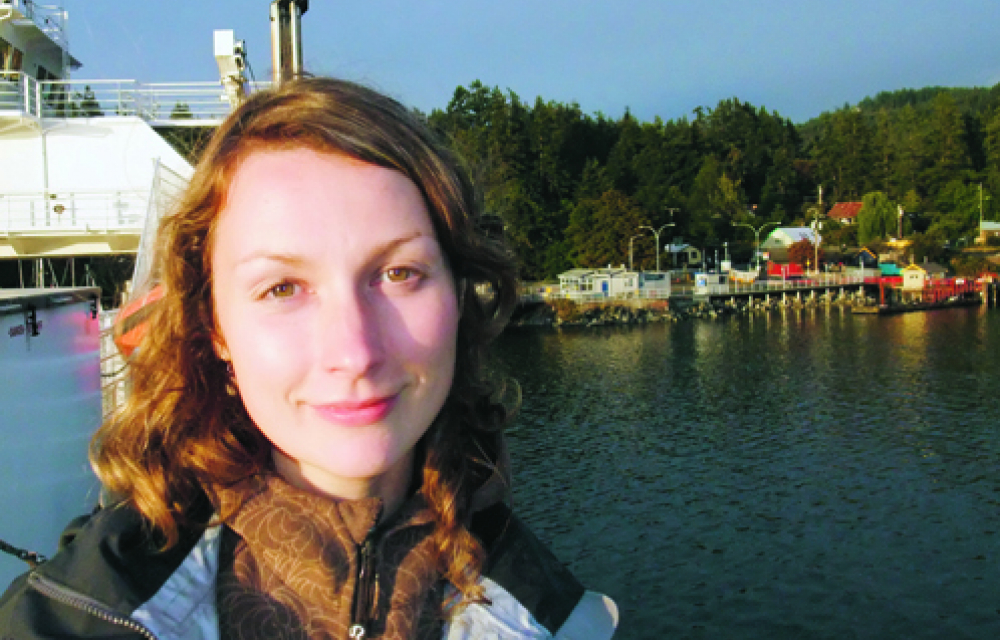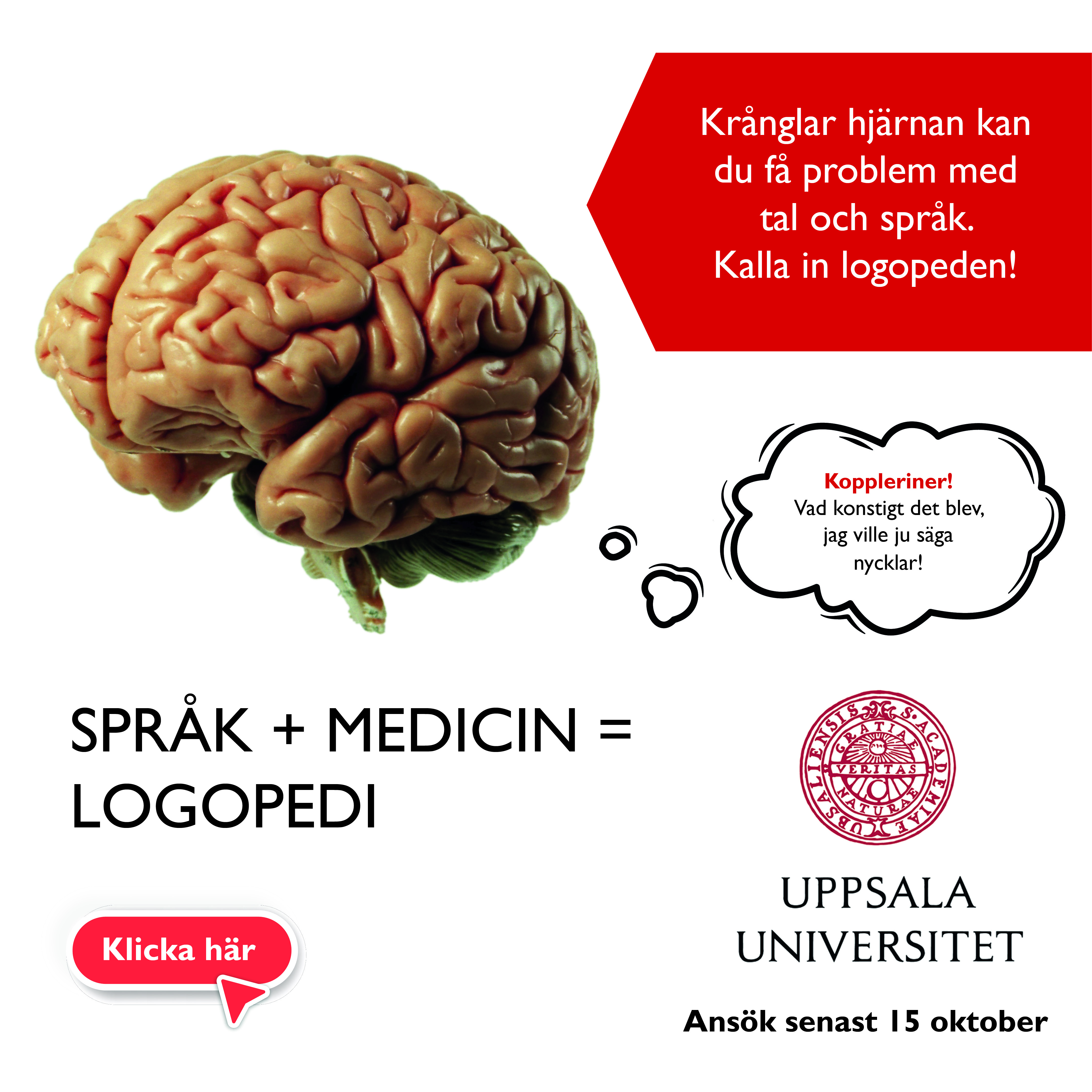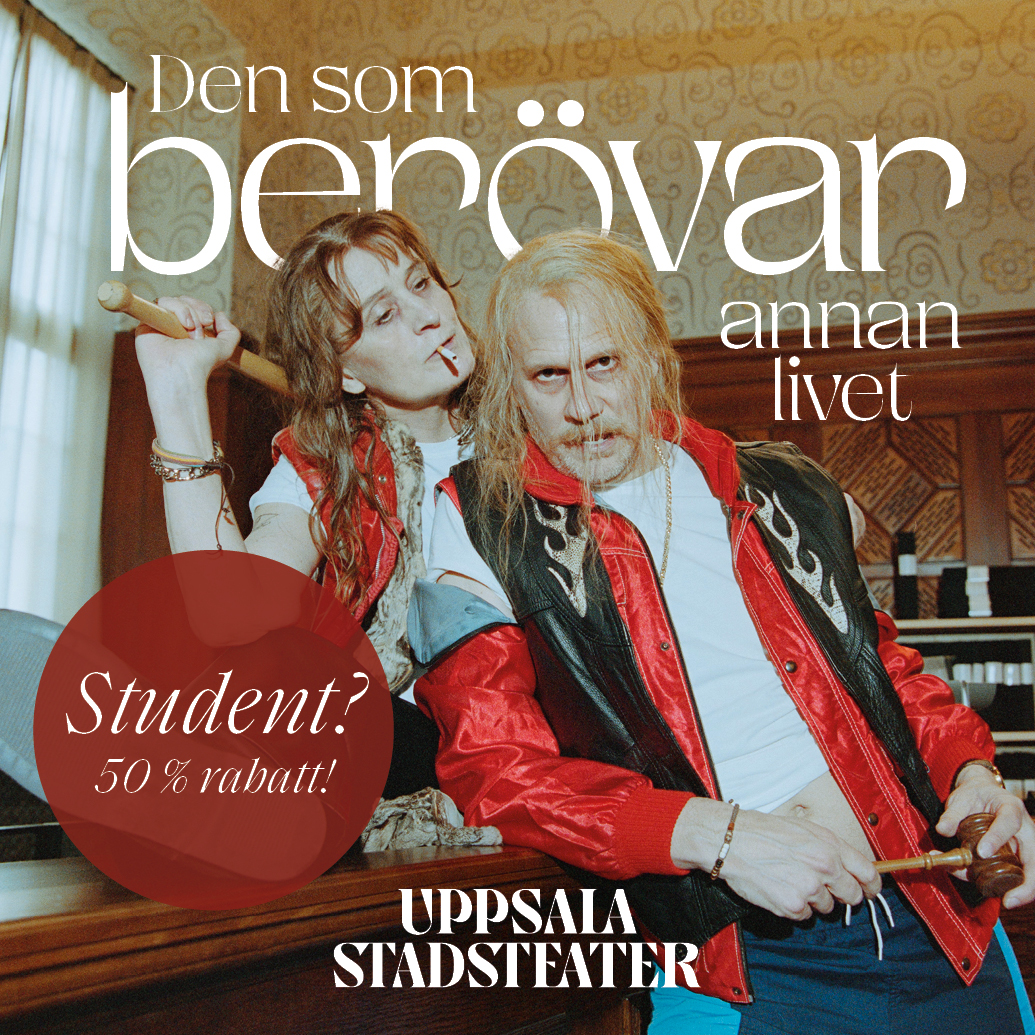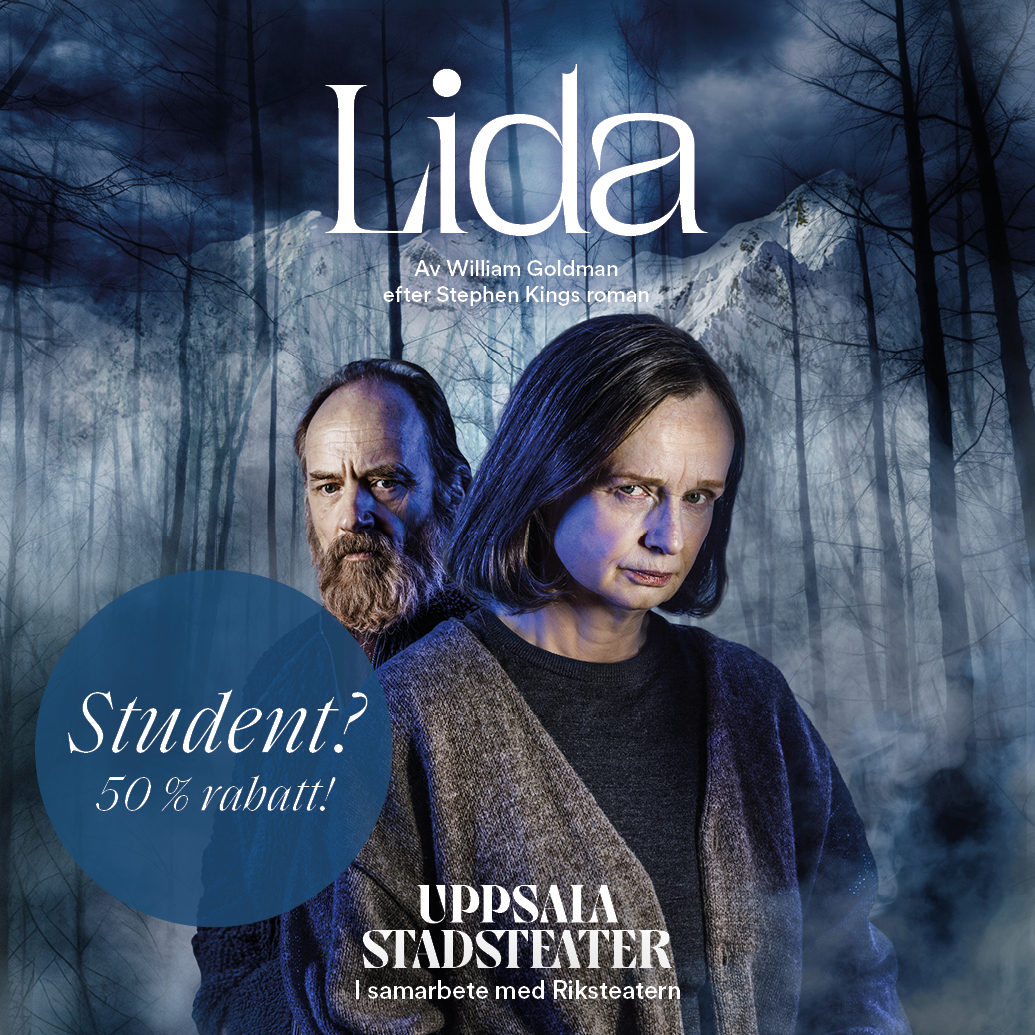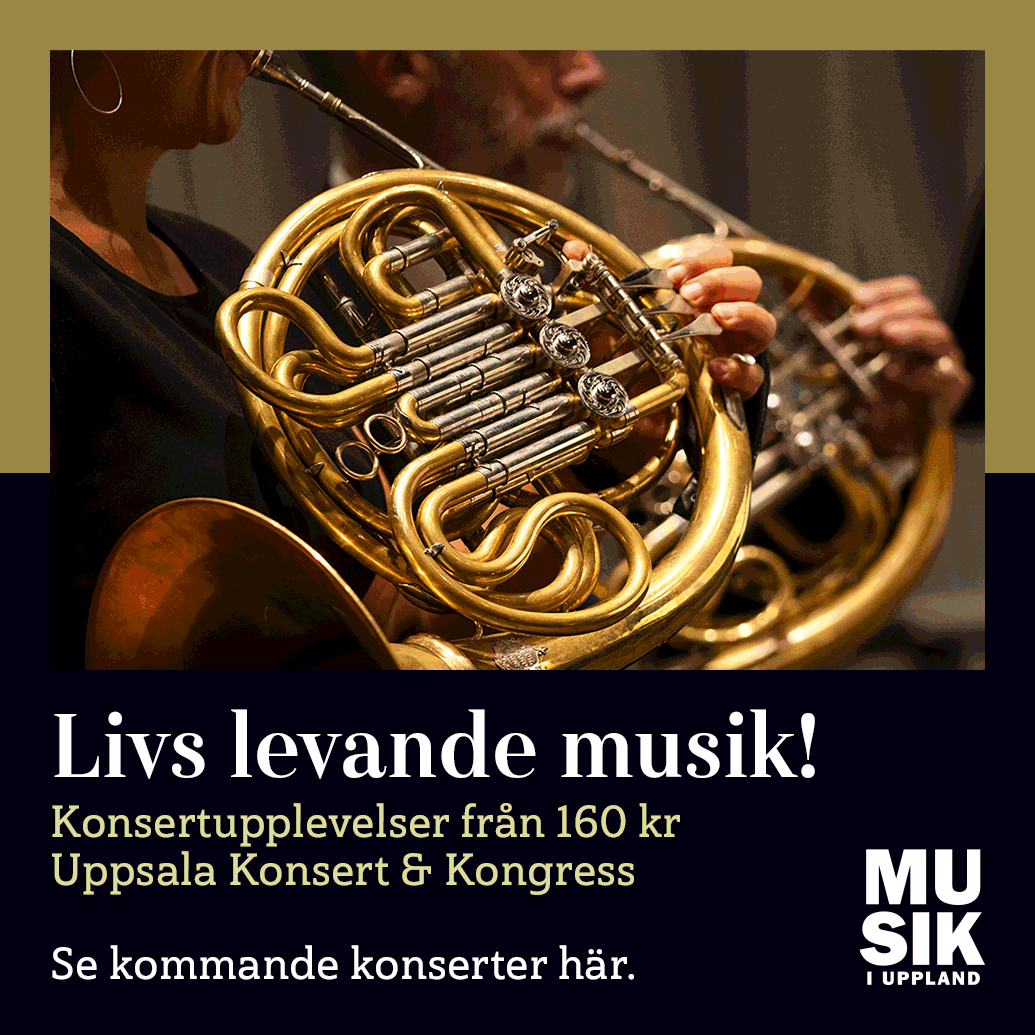Home is where the Hjortron is
I’m not keen on the word invandrare. I like to feel I came to Sweden out of my own volition: I didn’t simply “wander” into the country six years ago on a whim. Nor did I mistakenly pass through one of those IKEA short-cut doors from ‘Sofas’ into ‘Frames and Wall-hangings’ and then, finding myself in a foreign country, shrug my shoulders and meander off to find Migrationsverket. Not at all. I fell in love and made one of those rational decisions which that state is known for.
Actually, that’s why I returned to Sweden. My very first arrival here as a high-school exchange student was influenced by children’s books. Pippi Longstockings had made a great impression on me. The only thing keeping me from running off to join the entourage at Villa Villekulla was the uncanny effect of a dreadful dubbing-job in re-runs of the 1969 T.V. series. I’d like to have a more sophisticated reason than that, but when it came time to decide where I’d like to spend my year abroad, I actually did visit the children’s section of my local library. I pulled picture books off the shelves, and flipped through them looking for images of a country with traditions, a real culture—compared to the ‘salad-bowl’ I’d grown up in.
Swedes often seem genuinely surprised when I refer to Sweden’s strong culture. As if one is as likely to find Alaskans voting-in their town Lucia each December, or Zimbabweans dancing jubilantly ‘round the May-pole to the tune of Små grodorna come Midsummer. As though it were natural everywhere to eat pea-soup and pancakes on Thursdays, ‘Fat Tuesday’ buns at Mardi Gras—or to crack open an ominously bulging tin of fermented herring in the fall and call it dinner. Certainly these traditions don’t form a part of every Swede’s life, but to someone who just wandered into the county relatively recently, they appear wide-spread.
Of course Sweden is not all jordgubbstårta and klämdagar. For all my delight of things uniquely Swedish, something did change for me between my year as an exchange student and my returned residency. Parts of the societal culture I found comical as a visitor—the ruthless stampedes between queues in ICA caused by a new cashier opening her till, the way acquaintances pretended not to see me to avoid small talk—became harder to laugh away. And I could no longer hide my dislike for certain things behind weak excuses—such as the “flat tire” my bike had all winter when I was terrified of slipping on the ice, or that I was “too full” for dessert when the warm hjortronsylt was brought out.
This last one has been especially difficult to admit because a) Swedes save hjortronsylt for special guests and can’t imagine anyone disliking, let alone loathing it b) after pretending to adore hjortron my whole first year, it was hard to admit the truth on my return, and c) I myself had spent hours sinking into mossy bogs and beating away whole nations of mosquitoes to collect those first seven rose-tinted ‘cloud berries’ (which, by definition, ‘should’ have tasted heavenly). I suppose I had a hopelessly romantic idea of assimilating myself completely into those picture-perfect images in the children’s books.
But if you’ll permit me one smörgåsbord metaphor: my mistake has been believing that I have to like every dish on the table in my new country. Whereas, in reality I can chose the things I like best, leave anything I haven’t acquired a taste for behind, and still enjoy my meal along with my Swedish family and friends.
